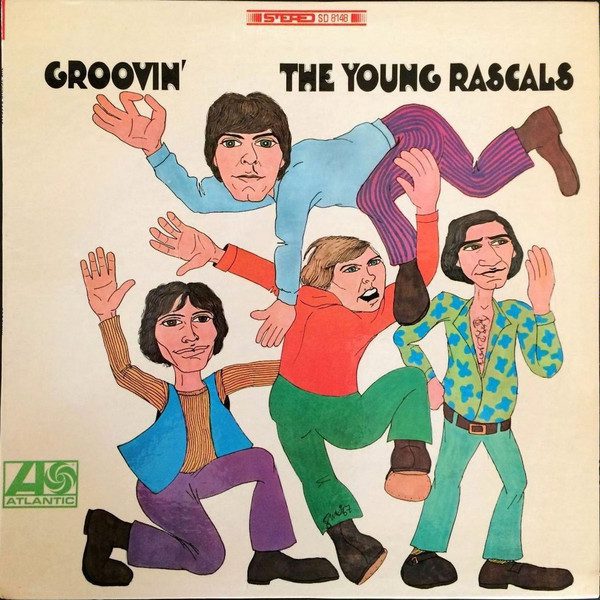
PREAMBLE
In this mini-series, I wanted to reflect on happy times through summer songs—or songs that convey that special summer feeling. They’re posted in order of their release dates. To keep things light and flowing, I mostly steered clear of discussing sound quality. So dole out the sunscreen and strap on the sunglasses—we’re in for some fun, fun, fun in the summer sun!
We’ll keep on spendin’ sunny days this way
We’re gonna talk and laugh our time away
Groovin’ on a Sunday afternoon…
7- The Young Rascals – “Groovin’” (1967, Apr.) – Groovin’. Atlantic – SD 8148 (1967, July), 33 1/3 rpm, MoFi MFSL 2-503 (2×45 RPM) (mono) (2022, May). Genre: blue-eyed soul, psychedelic pop, garage rock, proto punk, rhythm and blues.
Formed in Garfield, New Jersey, the Young Rascals first found fame in February 1966 with a cover version of The Olympics’ “Good Lovin’.” Sounding quite energetic and jerky, it would mark a stark contrast to their second big hit—the smooth sailing, buttery blue eyed soul song “Groovin’.” Released as a single in April 1967 and featured as the title track on their third album, its music, lyrics, sound effects, and warm Latin ambiance channel the essence of summer. The group consisted of Felix Cavaliere, Eddie Brigati, Gene Cornish, and Dino Danelli, in addition to brother David Brigati lending vocals. The rest of the album includes “A Girl Like You,” bringing Beach Boys influences to the fore. The lighter “I’m So Happy Now” borrows inspiration from the Turtles’ track “Happy Together.” “Sueño” features flamenco guitar plus psychedelic aspirations. “How Can I Be Sure” is a French-style, romantic, accordion-accompanied waltz. “If You Knew” and “I Don’t Love You Anymore” boast beautiful melodic vocals. “You Better Run” marks quite a departure, having the heaviest, garage rock style of the eleven tracks. With its intro featuring dissonant piano, bass, backward hi-hat, and fluttering flute, “It’s Love” strikes out as the most original song to close the album. It would be their last LP under the name The Young Rascals, after which they rebranded simply as The Rascals. The album was engineered by Chris Huston and Tom Dowd, while Krieg Wunderlich remastered it for MoFi in mono in 2022.
8- The 5th Dimension – “Up, Up and Away” – Up, Up and Away. Soul City – SCS 92000 (1967, Apr.), 33 1/3 rpm. Genre: sunshine pop, pop soul.
When searching for uplifting melodies and music, one would be hard-pressed to reach higher than “Up, Up and Away.” Hailing from Los Angeles, and initially calling themselves The Versatiles, the band soon made the switch to The 5th Dimension. Featuring Billy Davis Jr. and Marilyn McCoo on lead vocals, with Florence LaRue, Lamonte McLemore, and Ron Townson on back vocals, this was the quintet’s first charting single and the title track of their debut LP released in April 1967. The song was composed by Jimmy Webb, well known for other ’60s’ hits such as “By the Time I Get to Phoenix” and “McArthur Park.” The remaining ten tracks do not really stand out.
Produced by Johnny Rivers and Marc Gordon, the album was engineered by “Bones” Howe at Sound Recorders, Hollywood, CA. The 5th Dimension would hit the charts multiple times between 1968 and 1970 with “Stone Soul Picnic,” “Medley: Aquarius/Let the Sunshine In,” “Wedding Bell Blues,” and “One Less Bell to Answer.”
9- Scott McKenzie – “San Francisco (Be Sure to Wear Flowers in Your Hair)”. Ode Records – ZS7-103 (1967, May) – The Voice of Scott McKenzie.Ode Records – Z12 44002 (1967, Dec.), 33 1/3 rpm. Genre: folk rock, psychedelic-light.
If I had to pick one song that best captured San Francisco’s Summer of Love—with its flower power, anti–Vietnam War protests, and the hippie movement all rolled into one—this would be it. You can be forgiven for thinking this was sung by The Mamas & the Papas–which makes sense as it was composed by that band’s lead singer, John Phillips. Singer Scott McKenzie—whose real name was Philip Wallach Blondheim III—knew Phillips growing up. The two, with Dick Weissman, would later form The Journeyman as a folk trio in the early-sixties. McKenzie falls into that “one-hit wonder” category.
The album was produced by John Phillips and Lou Adler.
10- The Soul Survivors – “Expressway to Your Heart” (1967, May) – When the Whistle Blows Anything Goes.Crimson Records – LP-502 (1967, Nov.), 33 1/3 rpm. Genre: Philly soul, psychedelic.
Released as their debut single in May 1967, The Soul Survivors’ “Expressway to Your Heart“ was Kenny Gamble’s and Leon Huff’s first composition and production effort to hit the charts, launching the broad lines of what would become the Philly soul or Philly Sound for the following decade. Similar to The Lovin’ Spoonful’s “Summer in the City”, “Expressway to Your Heart” also features car horns and road sound effects. Gamble got the idea for the song (and its title) as he was heading to see a young woman, as the Schuylkill Expressway was jammed up.
The album was engineered by Joe Tarsia for the small independent label Crimson Records, which released a total of only two full-length albums—this one being the second and last one—and around 18 singles.
Sittin’ in the mornin’ sun
I’ll be sittin’ when the evenin’ come
I’m sittin’ on the dock of the bay
Watching the tide roll away
I’m just sittin’ on the dock of the bay
Wastin’ time…
11- Otis Redding – “(Sittin’ On) The Dock of the Bay” (1968, Jan.) – The Dock of the Bay.Volt – VOLT S-419 (1968, Feb.), 33 1/3 rpm. Genre: Memphis soul, Southern soul, rhythm & blues.
This summery staple features one of the most famous whistles ever captured on record and became the top-charting single of Otis’s career—selling some four million copies worldwide—yet he never lived to experience its success. “Dock of the Bay,” which was the initial shorter title, was written by Redding and Stax Records house band guitarist and producer, Steve Cropper.
The song was recorded over two sessions, in November and December 1967—only three days before the tragic plane crash that killed Otis and four members of his backing band, the Bar-Kays. Thus, the song was posthumously released in January 1968, followed by the album a month later. Like many Memphis and Southern soul songs, it lasts barely over two and a half minutes, and contains a faint country flavour. The title track is followed by ten great songs, providing a mixture of past and never released Redding originals and others.
Cropper recorded and mixed the track at Stax in Memphis, Tennessee, later adding a tape loop of seagulls and waves—taken from a local jingle company’s sound library—that weaves in and out throughout the song. The original Volt pressing sounds very good, with the stereo version featuring the bass and guitar panned hard left, while the drums and vocals are panned towards the right.
12- Morton Stevens and his Orchestra – Original Hawaii Five-O Sound Track. Capitol Records – ST-410 (1968, Sept.). The Ventures – “Hawaii Five-O” (1968, Sept.) – Hawaii Five-O.Liberty – LST-8061 (1969, Apr.), 33 1/3 rpm. Genre: surf rock, instrumental rock, big band jazz influences.
Lasting 12 seasons, Leonard Freeman’s police procedural drama Hawaii Five-O captivated audiences not only with its innovative visuals—relying heavily on exterior location shots rather than typical sound stages—but also for its iconic theme music. The latter’s original version was composed and performed by Morton Stevens (and his Orchestra) and first aired on CBS in September 1968. The twelve-track soundtrack album features “episode musical extracts” from the series and was produced by Mel Taylor and engineered by Ted Keep.
Instrumental surf-rock band The Ventures, known for frequent covers, swiftly released their own version of “Hawaii Five-O,” making it their second biggest hit after “Walk, Don’t Run” in 1960. Joining them for the recording were members of The Wrecking Crew, Los Angeles’s top session musicians. The LP’s ten other tracks are mainly covers and are nothing noteworthy. Joe Saraceno was the producer, and Lanky Linstrot, the engineer.
Both Stevens’s and The Ventures’ versions are enjoyable and memorable, with many considering “Hawaii Five-O” one of the greatest television theme songs ever composed.
For more from Claude Lemaire visit…
http://soundevaluations.blogspot.ca/
Reference List (Singles, albums, and labels):
7- The Young Rascals – “Groovin’” (1967, Apr.) – Groovin’.
Atlantic – SD 8148 (1967, July), 33 1/3 rpm, MoFi MFSL 2-503 (2×45 RPM) (mono) (2022, May). Genre: blue-eyed soul, psychedelic pop, garage rock, proto punk, Rhythm and blues.
8- The 5th Dimension – “Up, Up and Away” – Up, Up and Away.
Soul City – SCS 92000 (1967, Apr.), 33 1/3 rpm. Genre: sunshine pop, pop soul.
9- Scott McKenzie – “San Francisco (Be Sure to Wear Flowers in Your Hair)”.
Ode Records – ZS7-103 (1967, May) – The Voice of Scott McKenzie.Ode Records – Z12 44002 (1967, Dec.), 33 1/3 rpm. Genre: folk rock, psychedelic-light.
10- The Soul Survivors – “Expressway to Your Heart” (1967, May) – When the Whistle Blows Anything Goes. Crimson Records – LP-502 (1967, Nov.), 33 1/3 rpm. Genre: Philly soul, psychedelic.
11- Otis Redding – “(Sittin’ On) The Dock of the Bay” (1968, Jan.) – The Dock of the Bay. Volt – VOLT S-419 (1968, Feb.), 33 1/3 rpm. Genre: Memphis soul, Southern soul, rhythm & blues.
12- Morton Stevens and his Orchestra – Original Hawaii Five-O Sound Track. Capitol Records – ST-410 (1968, Sept.). The Ventures – “Hawaii Five-O” (1968, Sept.) – Hawaii Five-O.
Liberty – LST-8061 (1969, Apr.), 33 1/3 rpm. Genre: surf rock, instrumental rock, big band jazz influences.
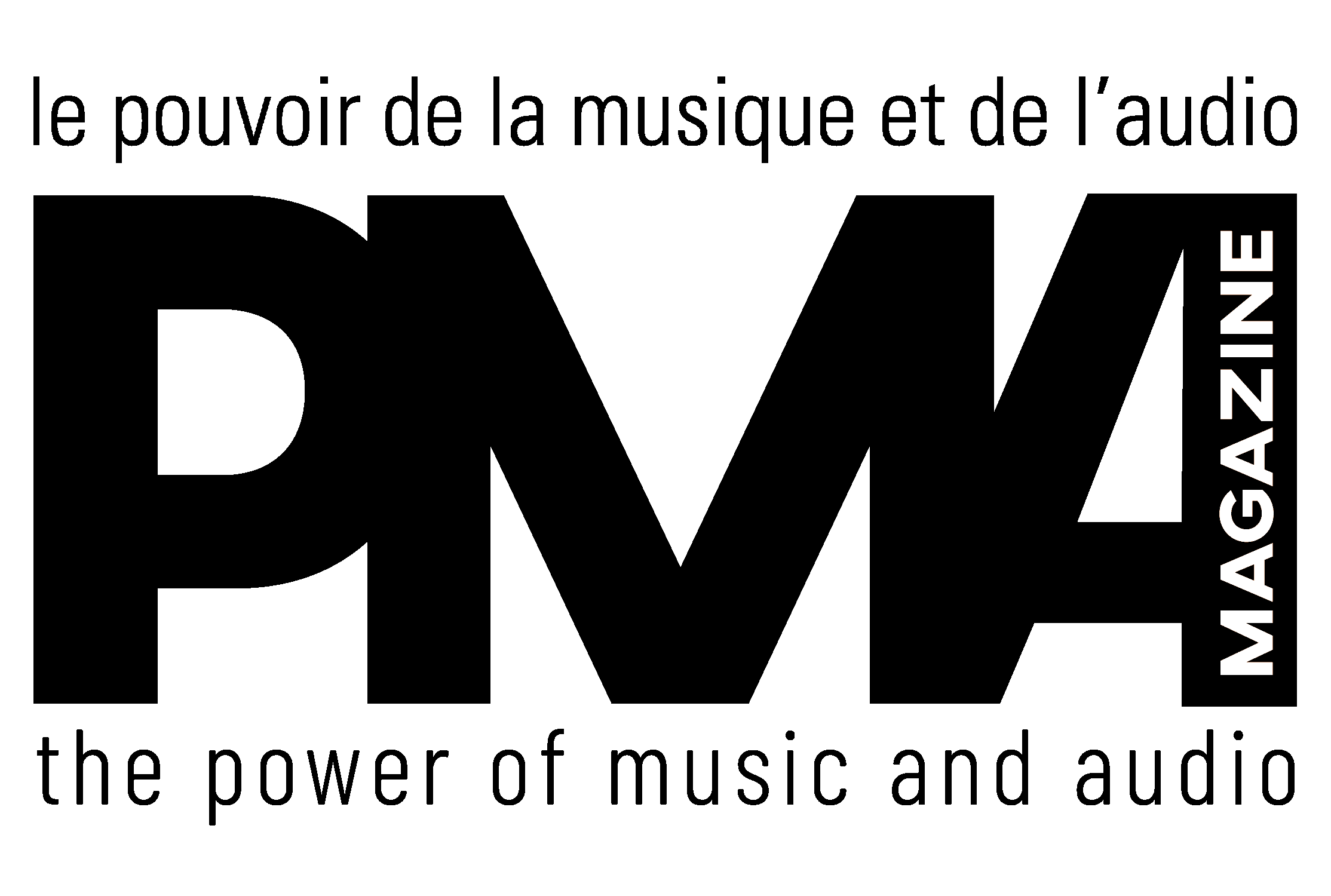

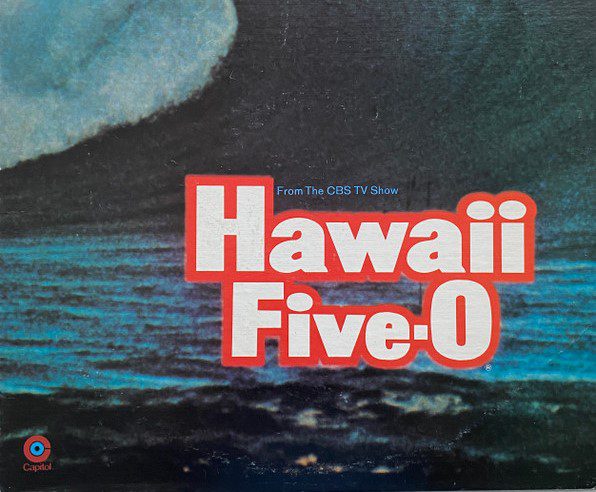
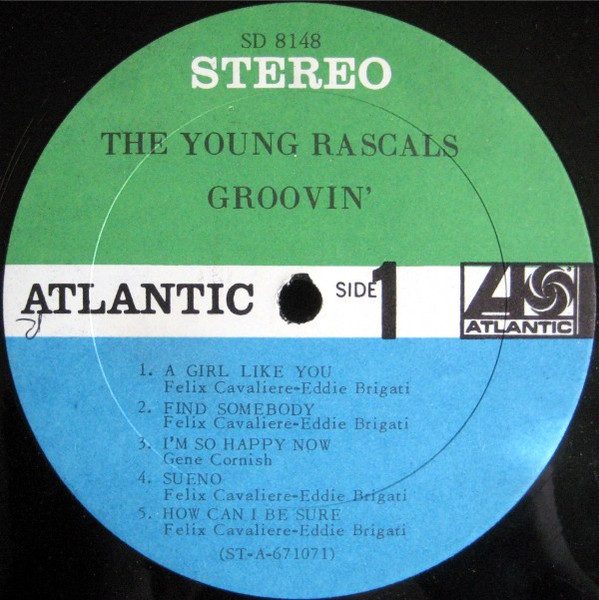
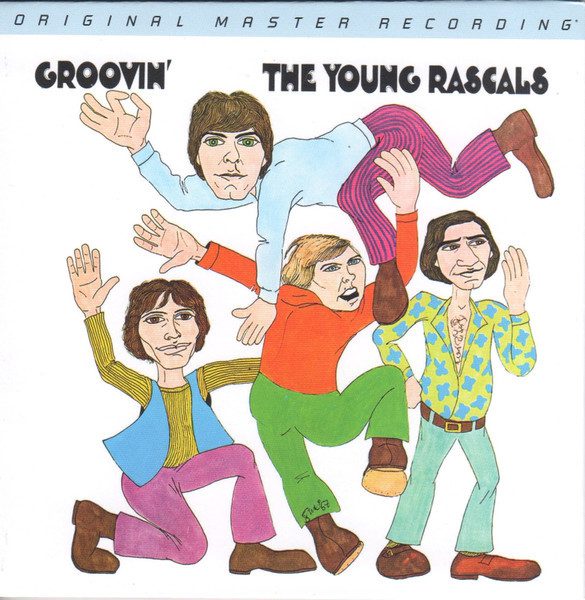
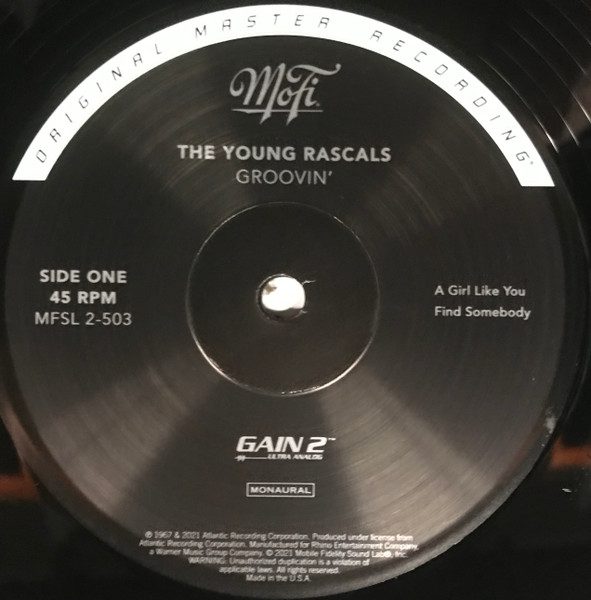
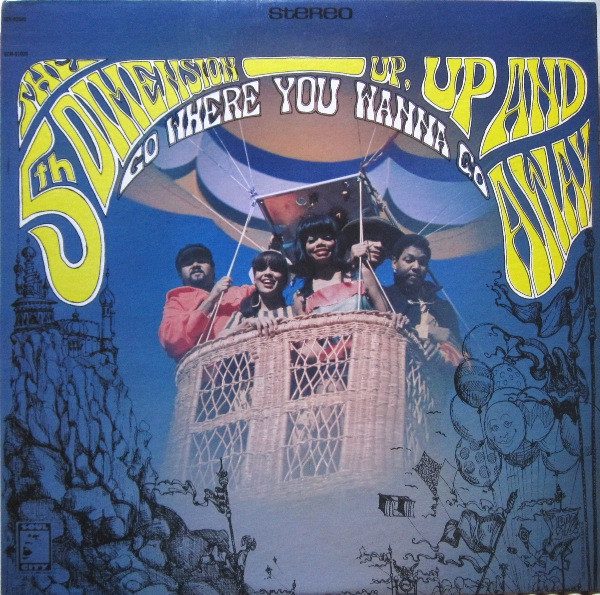
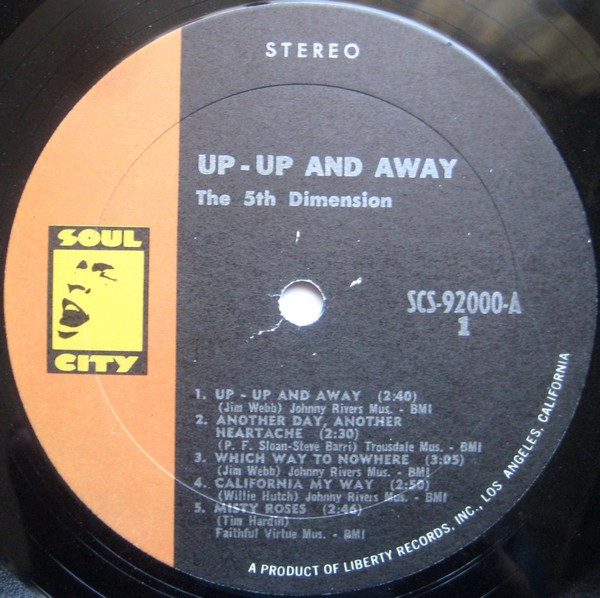
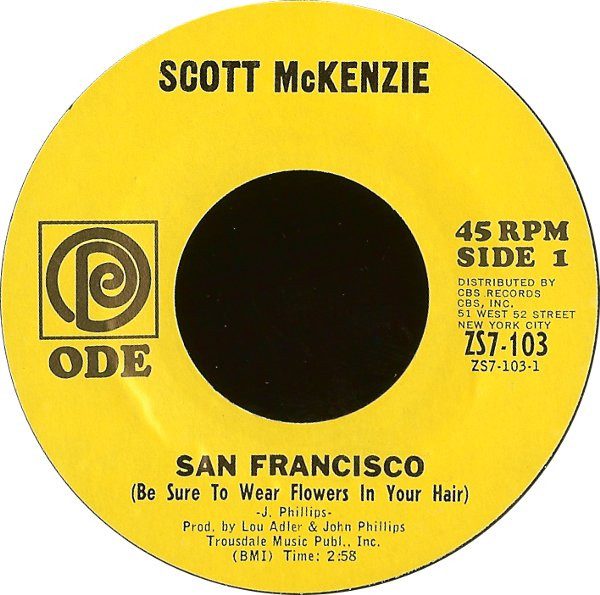
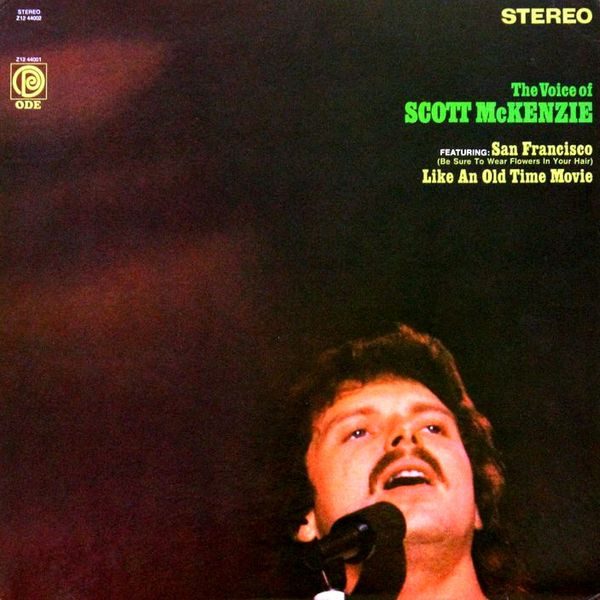
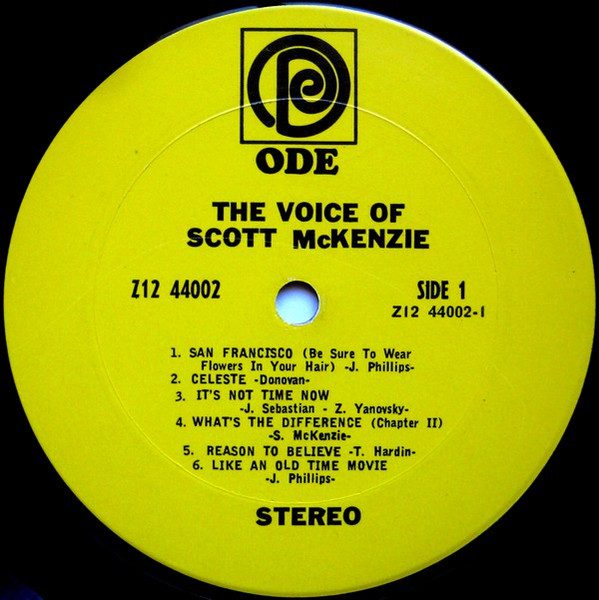


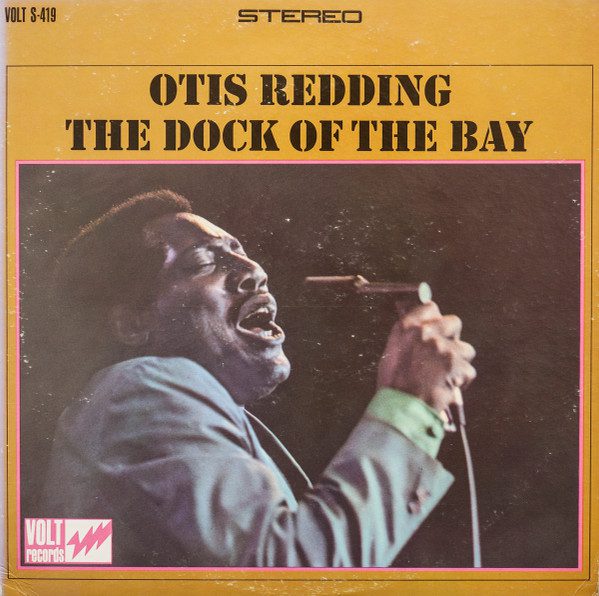



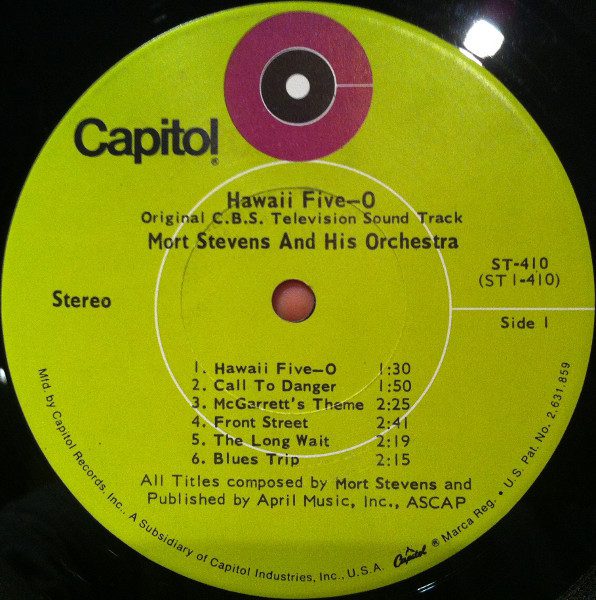
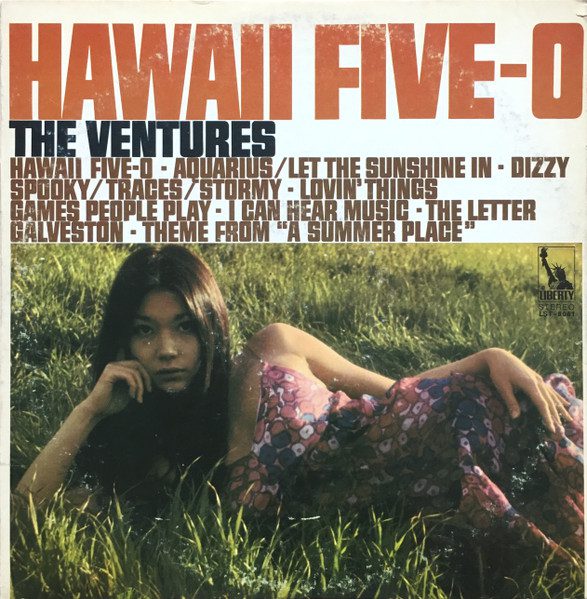
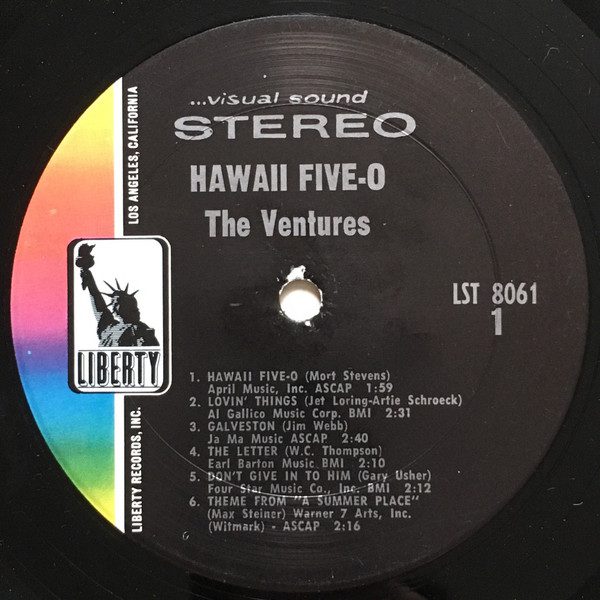
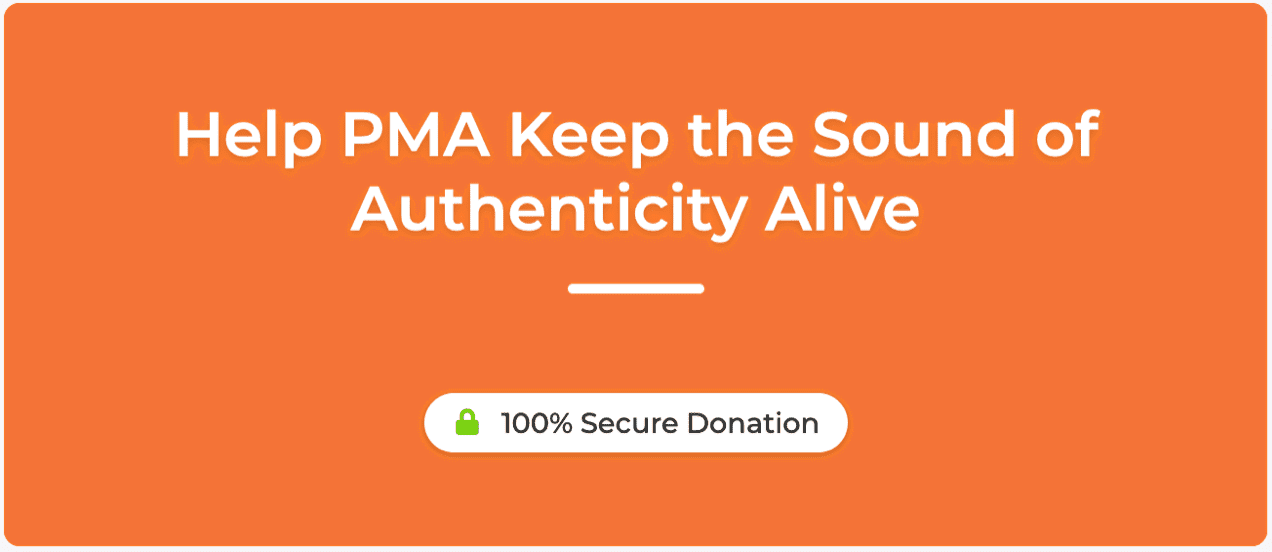












Leave a Reply